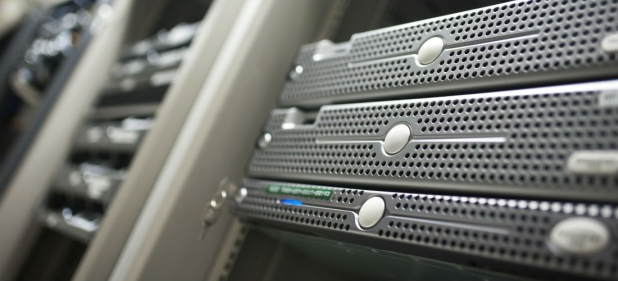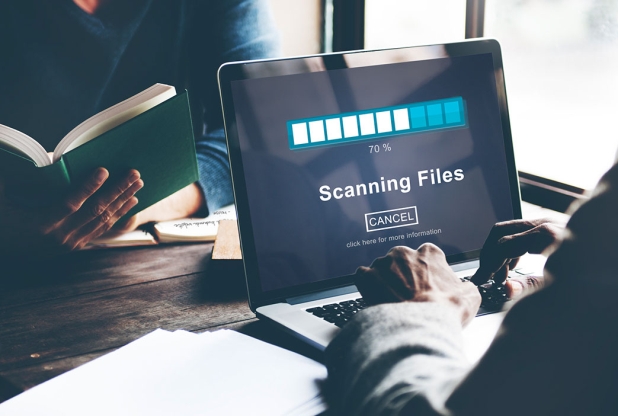Sending confidential files over the internet is often risky. It’s relieving when you’re assured that you’ve used a secure system to transfer such data. A Secure Shell (SSH) File Transfer Protocol or SFTP server is an example of a method used by organizations to move files securely from a client to the server or from one server to another.
The SFTP servers are efficient in encrypting data so that sensitive information reaches the preferred destination safely during file transfer. Some SFTP systems can also help secure files at rest since malicious people can also gain unauthorized access to files stored in company servers.
Additionally, unlike other transfer protocols like the traditional File Transfer Protocol (FTP), SFTP utilizes a single control and data channel in which files and login details are encrypted. By enciphering both files and user credentials, your connection can be considered safe. Also, SFTP servers only send files upon establishing a secure connection. They do this by first verifying a client’s identity before allowing data sharing from a computer to another. Upon confirming the user and securing a safe connection, you can now send the encrypted files across platforms.
How To Enhance SFTP Server Security
Previously, companies used FTP servers to exchange files. This protocol, however, was an unencrypted file transfer method with multiple security inconsistencies. SFTP, therefore, was developed with security capabilities that enhance safer file transfer and management.
Does this then mean that SFTP servers are fully secure? Unfortunately, no. Hackers explore all vulnerabilities in a system, and SFTP servers may have weaknesses that attackers can exploit to gain access to files. Therefore, companies should consider appropriate solutions to ensure data safety.
Firms can utilize efficient services from companies that offer secure servers. Click GoAnywhere to find more details. You can as well consider friends’ referrals or browse through the web to find other similar companies.
It’s also possible for you to personally enhance the safety of your SFTP server. To do this, ensure security practices that protect your data. These include:
1.Apply Strong Passwords

Simple passwords are easy to crack and can enable hackers to access data from your server. Therefore, strengthen your passwords by ensuring they contain more than seven unique alphanumeric keys. It’s also recommendable to use specials characters when creating a password.
Using one password for a long time or reusing older ones may also be dangerous. Thus, make sure that you regularly change them and use new ones in every modification. It would also be good to store these passwords securely. You can use robust hashing algorithms for encryption or a lock-secured removable flash drive for safekeeping.
2.Consider SFTP Servers Over FTP Servers

FTP servers use unencrypted methods to transfer files. In the current times, they’re outdated and are often easy to hack. Therefore, deactivate the FTP protocols from your servers and use more secure alternatives, like SFTP.
3.Utilize Whitelists And Blacklists
Using IP blacklists and whitelists can also help secure the SFTP servers. Blacklists are used to block specific IP addresses from accessing a network. They’re also utilized for safeguarding the server from file sharing security risks like denial of service.
Whitelists, on the other hand, are used to permit certain people, like your business partners, to access your server. Whitelisting, however, will only be efficient if the user doesn’t change their IP address.
4.Ensure Proper Account Management

User accounts that allow operating system (OS) level access can be dangerous. It’s therefore advisable to discourage this because direct access can enable unauthorized reach to other sensitive server resources.
Also, prohibit shared server accounts or anonymous users and separate user credentials from the SFTP and FTP applications. In addition, it’s recommendable to set strict account access rules. For instance, allow the server to alert the administrator of unusual activity such as unverified devices or logins from unidentified internet protocol (IP) addresses. Also, make sure that you deactivate accounts after three failed sign-in attempts or those that have been inactive for more than three months.
5.Scan Files Before Entry Into The Server

It would be wise to scan files coming into the server to avoid allowing files that are infected with viruses into your network. Computer malware can cause your company huge losses, and some damages can be irreparable. Therefore, consider efficient solutions like antiviruses and others that can recognize, delete, or quarantine malware as files enter your server.
6.Strengthen FTPS Security
FTPS (file transfer protocols) processes are unsafe and need additional advanced protocols that will make them more secure. Because when utilized by themselves only, they will allow clients to access networks without asking for encryption explicitly. Then, it’ll be a client’s responsibility to ask for a safer connection. Therefore, consider using implicit encryption instead, which provides a secure connection without the user’s request.
7.Ensure File Security Measures

Your business partners must only access server files when necessary. Even so, they shouldn’t be allowed absolute permission to an entire folder when they want to download or upload files. Keep in mind that system attacks aren’t only external but can also be initiated by internal users, as well.
Data encryption for files at rest is also necessary. This factor is paramount, especially for files stored in a demilitarized zone (DMZ). A DMZ is a screened subnet, perimeter network, or secured boundary, working to safeguard a company’s intranet against untrusted traffic.
Lastly, ensure that files remain on an FTP server only when necessary. This factor will help to avoid exploitation by users with malicious intent.
Conclusion
The increased of file transfer security threats can come from FTP server’s which has unsafe data sharing. These risks then lead to the development of much safer systems, like the SFTP server. The most significant advantage of SFTP over FTP is that the protocol encrypts files. Additionally, it ensures a secure connection before transferring files from one server to the other. However, every day, hackers are exploring new ways to exploit server and network vulnerabilities. The SFTP servers are no exception.
Therefore, companies should employ the best SFTP server security practices that can handle or prevent cyberattacks efficiently. For instance, they can use complex passwords, scan all files before entering the server, and ensure proper accounts management. They can also apply efficient means to strengthen their FTPS security and make use of blacklists and whitelists. Lastly, most of them consider using SFTP servers over the FTP in their operations.
 Imagup General Magazine 2024
Imagup General Magazine 2024



